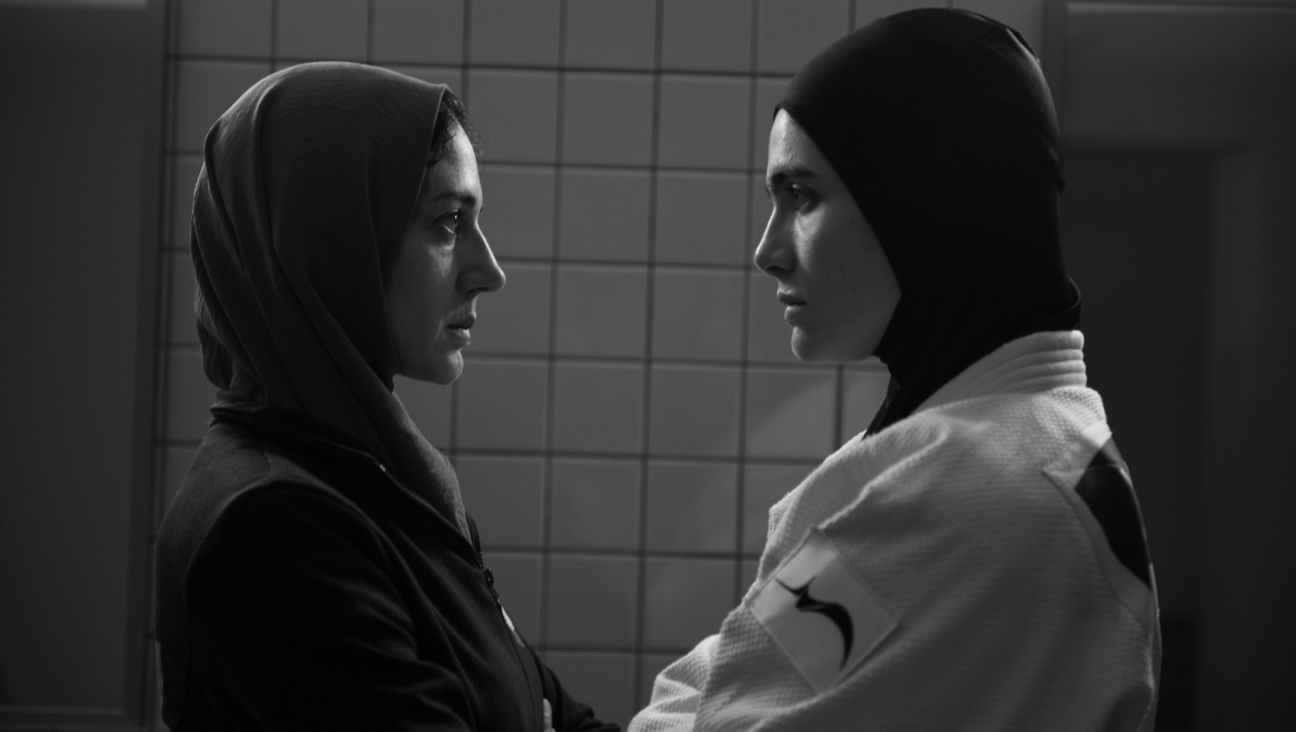Surreal Mosaic Family

Graphic by Angelie Zaslavsky
A mark of the strangeness of the film “In a Dream” is that the dramatic revelation of Isaiah Zagar’s sexual abuse as a child is almost immediately forgotten in our journey through the roiling psychic storm that is his mind. For make no mistake, although this follows a family (filmed from the inside by his son Jeremiah), wife Julia and sons Ezekiel and Jeremiah are mere bit players in the drama of Isaiah.
Documentaries filmed by family can be distorted by solipsism or self-interestedness. “My Architect: A Son’s Journey,” about Louis I. Kahn made by his son Nathaniel, is a film about filiality as much as architecture, as much Oedipus as oedifice. In Andrew Jarecki’s “Capturing the Friedmans” (no relation to this writer), much of the footage is captured by insiders, so although the director and editor are outsiders, the very subjectivity of specific recordings becomes part of the texture of the film. Here, though, Jeremiah — despite appearing fleetingly on film — stays mostly out of the frame, concentrating on the crucial yet threatened family relationship: that between his father and his father’s art.
Institutionalizable at points, but more functional at others, Isaiah is an artist on the constant verge of losing himself. Despite the film’s title, he doesn’t have dreams in either the sense of ambition or of nighttime fantasy, but rather, his grasp of the “real” world is so tenuous that his life is lived “in a dream.” His artwork (he’s a compulsive sketcher and mosaicist) allows Isaiah to dream his life into being or, perhaps, gives him a process by which he can realize that his life, which has already come into being, is real.
In “The Other Night: Dreaming, Writing, and Restlessness in Twentieth-Century Literature” (Fordham University Press, 2008), Herschel Farbman talks about dreams as being the “sleep-resistant center… around which the night of sleep curls.” For Isaiah, consciousness itself takes the form of a dream — an affliction that attenuates, almost hopelessly, his ability to relate to other people. Without his art to build a bridge from the world of his waking dream to the world of the dreamer awake, the daylight of reality would curl around him, unseen.
And that’s what the pillar of his life, Julia, has had to contend with for decades. If you’ve been to Philadelphia in the past 20 years, you’ve probably seen Isaiah’s mosaics brightening up Center City without knowing anything about the aging Jewish flower child responsible for them. A sprawl of shiny delight spreading out from his workshop and latterly dotted around various other city sites, they are simplistic, fun and, by virtue of their sheer superabundance, profound. Their very presence, though, is testimony to Julia’s groundedness and her ability to be muse, provider and homemaker for someone for whom only the first has any real meaning.
The film includes a mostly implicit love note to the director’s mother for dealing with the broken-down psyche of his father. That Zagar-pere is a mosaicist is no surprise. His mental world is in a constantly crumbling state, and it’s not the art product but the process of construction that keeps him in the region of sane. Mosaics are the pre-eminent art of building up from the broken down. Isaiah’s have developed from the early polished figurative and abstract tilings to three-dimensional ones including bottles, bicycle wheels and all manner of bric-a-brac as he struggles to incorporate stuff into his world. They are the perfect medium for Isaiah, a man who lives close to the edge of his real-world abilities, broken down or breaking down if it weren’t for Julia and his art.
Isaiah is not an artist of the importance of Kahn, and his breakdowns are not moral dilemmas for the community, as in Jarecki’s “Capturing the Friedmans.” Nor are the texture of the film and the voyeuristic urge so investigated as in Jarecki’s masterpiece; however, Jeremiah’s film — an edited mosaic of videoed testimonies from almost all the interested parties in action over a period of months — is a steady, unwaveringly intimate look at an artist co-dependent on his art, from a young artist who must be praying that he doesn’t need to emulate his father to emulate the city-brightening effect of his father’s art.
Dan Friedman is the arts and culture editor of the Forward. He can be reached at [email protected].
The trailer of “In a Dream” is below:
IN A DREAM: Theatrical Trailer from Herzliya Films on Vimeo.
























